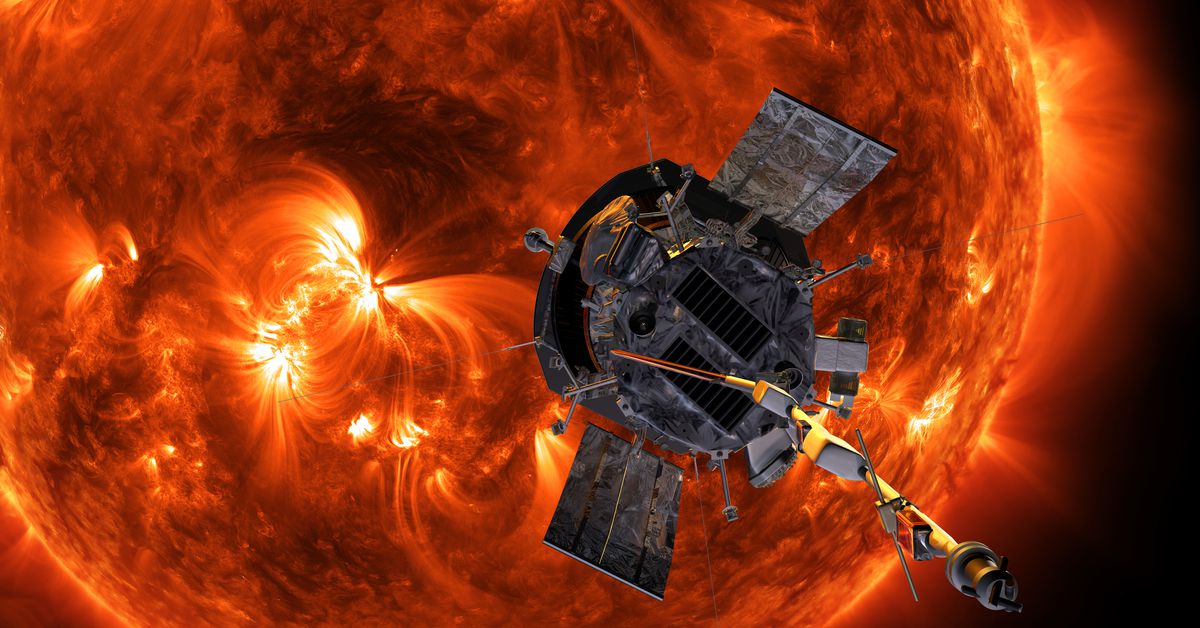Introduction
NASA has sent its Parker Solar Probe as close as 3.8 million miles (6.1 million kilometers) from the surface of the Sun, marking a historic milestone in space exploration. The probe successfully transmitted a signal back to Earth on December 26th, confirming its operational status and good health. This achievement highlights humanity’s growing capability to venture closer to our nearest star while ensuring mission success.
Mission Overview
The Parker Solar Probe was launched by NASA in collaboration with the Johns Hopkins Applied Physics Laboratory in 2018. The probe is designed to study the Sun’s corona, the extreme atmosphere surrounding the Sun that becomes incredibly hot. To achieve this, the probe incorporates advanced technologies, including a sun-facing heat shield capable of withstanding temperatures up to approximately 2,500 degrees Fahrenheit (4,537 degrees Celsius), while the rest of the spacecraft remains at a comfortable 85 degrees Fahrenheit (29.4 degrees Celsius).
Closest Approach
The probe’s closest approach to the Sun occurred on December 24th, 2023, as it flew at a velocity of 430,000 miles per hour (690,000 kilometers per hour). This encounter represents the closest such human-made object has ever achieved. During this period, mission operations were disconnected from the probe, allowing for uninterrupted data transmission only on January 1st, when communication resuming.
Mission Achievements
The successful close approach to the Sun is a testament to the advanced engineering and technology developed by NASA and its partners. This achievement enables scientists to gather unprecedented insights into the Sun’s dynamic environment, including solar wind characteristics, the Sun’s internal heat, and the mechanisms governing particle acceleration to near-light speeds.
Future Plans
Following this historic milestone, NASA plans to transmit detailed telemetry data regarding the probe’s status on January 1st. These data will provide critical information about the spacecraft’s operational health and environmental interactions during its unprecedented proximity to the Sun.
Technical Specifications
The Parker Solar Probe is equipped with several advanced systems designed to ensure its survival in the intense solar environment:
- Heat Shield: The sun-facing portion of the probe is covered by an ultra-thin, high-reflectivity heat shield capable ofwithstanding temperatures up to 2,500°F (4,537°C).
- Thermal Protection: Internal thermal protection systems are designed to safeguard sensitive instruments from extreme temperatures.
- Power Systems: The probe is powered by solar panels and a battery system that can operate for several years once in position.
Conclusion
The Parker Solar Probe’s historic close approach to the Sun represents a significant milestone in space exploration. This achievement not only advances our understanding of the Sun but also demonstrates humanity’s increasing ability to venture closer to our nearest star, ensuring continued progress in astrophysics and space science.
